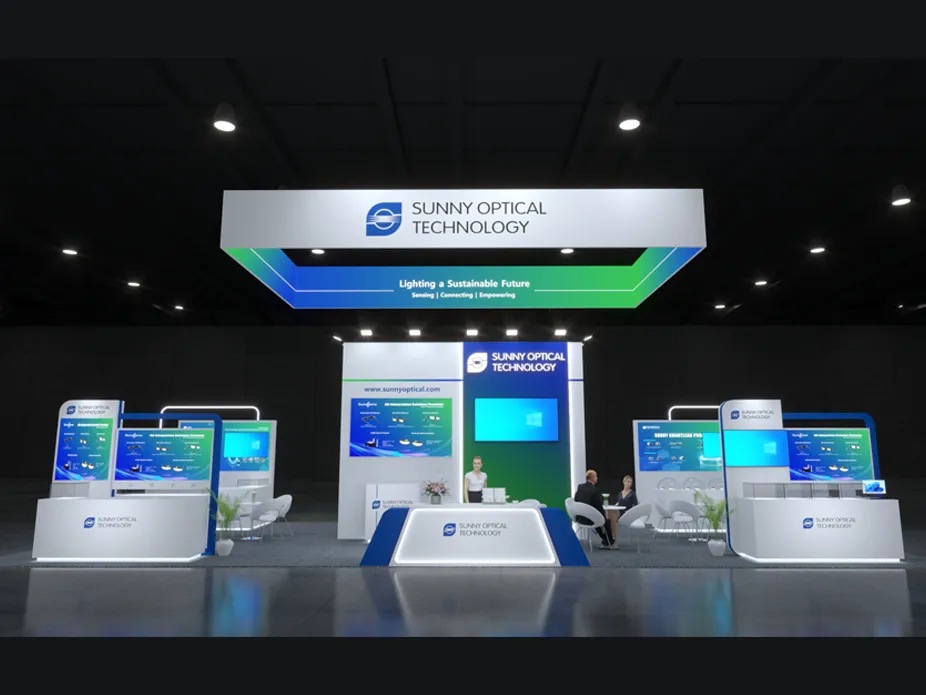As autonomous vehicles continue to gain popularity and demand, it is important to understand the safety and regulatory issues associated with the use of LiDAR technology in these vehicles.
LiDAR technology is a critical component of autonomous vehicles. It uses lasers and sensors to create a 3D map of the vehicle's surroundings, allowing it to navigate roads and avoid obstacles. Self-driving cars rely on this technology to accurately detect and classify objects such as pedestrians, other vehicles, and even animals.
Auto LiDAR plays a crucial role in ensuring the safety of both passengers and pedestrians. Unlike traditional cameras or radar systems, auto LiDAR sensors can detect objects even in low light or adverse weather conditions, making them ideal for use in autonomous vehicles. Additionally, LiDAR technology can detect objects at longer ranges, giving the vehicle more time to react and avoid potential hazards.
Despite the many advantages of auto LiDAR technology, there are still some safety and regulatory issues that need to be addressed. One of the biggest concerns is the reliability of LiDAR sensors. While these sensors are incredibly accurate, they are not perfect and can still misidentify objects in certain situations. For example, LiDAR sensors may struggle to detect dark-colored objects or objects that are partially hidden behind other obstacles.
Another safety concern with auto LiDAR technology is the risk of interference. If multiple autonomous vehicles are operating in the same area, their LiDAR sensors may interfere with each other, leading to inaccurate readings and potentially dangerous situations.
In addition to safety concerns, there are also regulatory issues that need to be addressed before autonomous vehicles can become more widespread. For example, there are currently no federal regulations governing the use of auto LiDAR technology in autonomous vehicles. This means that companies developing autonomous vehicles need to work closely with regulatory agencies to ensure that their technology meets certain safety standards.
Moreover, the high cost of LiDAR technology is another issue that needs to be addressed. While the cost of auto LiDAR sensors has decreased over time, they are still relatively expensive, which makes them less accessible to smaller companies and consumers.
In conclusion, LiDAR technology plays a crucial role in the development and safety of autonomous vehicles. While there are still safety and regulatory issues that need to be addressed, the benefits of using auto LiDAR technology far outweigh the potential risks. As the technology continues to improve and become more affordable, it is likely that we will see more autonomous vehicles on the road in the future. However, it is important that companies developing these vehicles work closely with regulatory agencies to ensure that they are safe and reliable for everyone.

【Exhibition Invitation】Visit us at CES 2026!
2025-12-10

Sunny Optical Gets Group LiDAR Standard Approved, Using Innovative Optical Solutions to Unlock Key Step in Mass Production
2025-11-25
![[Exhibition Invitation] Sunny Automotive Optech Invites You to the 26th China International Optoelectronic Exposition (CIOE 2025) [Exhibition Invitation] Sunny Automotive Optech Invites You to the 26th China International Optoelectronic Exposition (CIOE 2025)](/uploads/image/20250908/首图7.webp)
[Exhibition Invitation] Sunny Automotive Optech Invites You to the 26th China International Optoelectronic Exposition (CIOE 2025)
2025-09-08

Inquiry
Excellent Customer Service Ability
Key customer manager mechanism
Oversea supporting points
Excellent Process Control Ability
Fully automated production
DMC traceability management
VDA6.3 / IATF16949 verifications
Excellent R&D Ability
Advanced technology new product development cooperation
Cost-effective optical solution proposal based on customer needs
Ecosystem resource integration